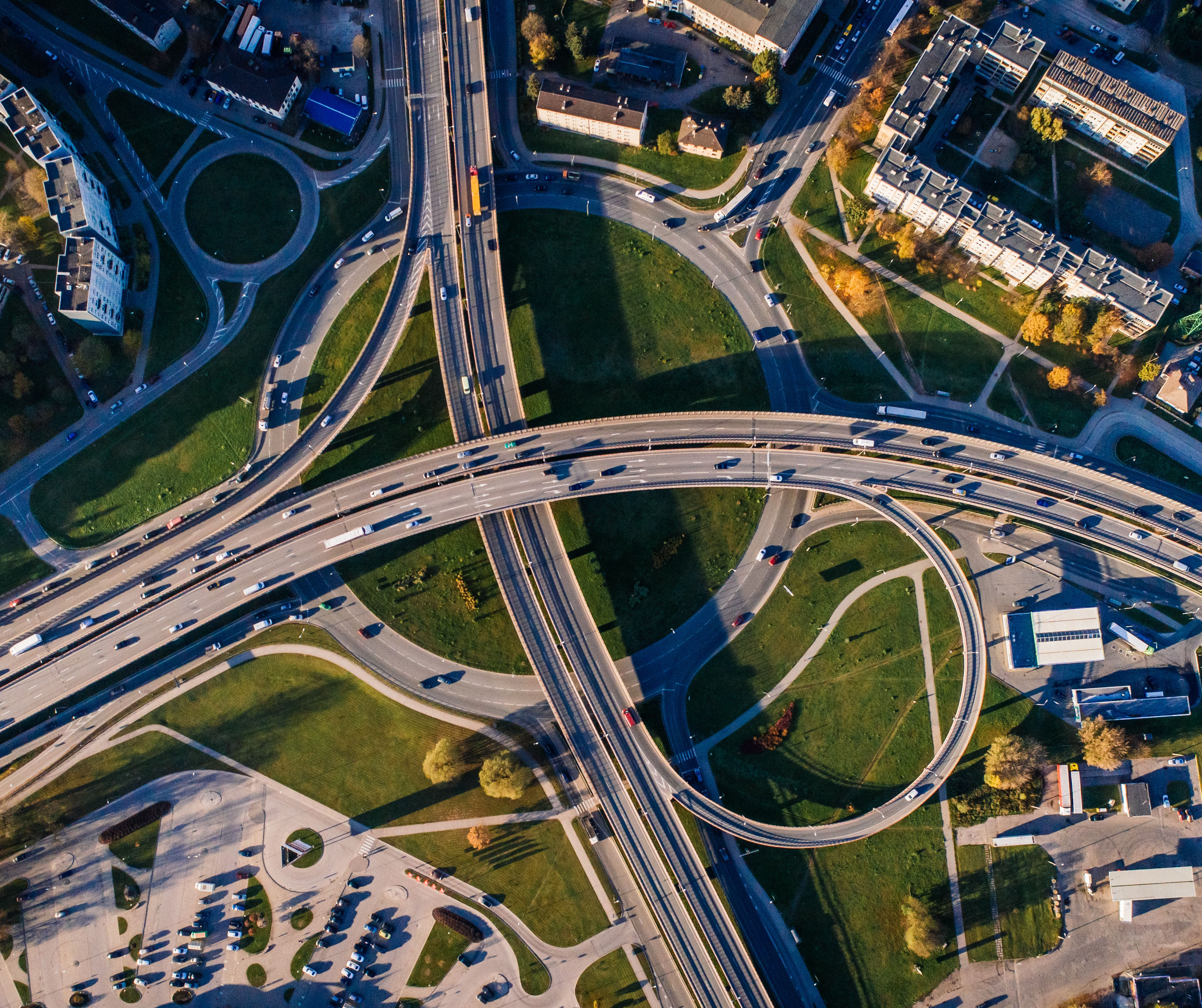
19 Dec Anyone ignoring the digital highway will be left stranded on the emergency lane
The transport sector has geared up many times in the preceding decades. Now that we have entered a period of climate change, traffic jams, and the war for talent, the demand for heavy goods traffic has risen like never before. Our managing director, Walter Drossaert, is looking forward with high hopes to the technological advances. ‘Automation and digitisation should clear the road for the sustainable transport of the future.’
The impact of digitisation
For some years now, transport companies have increasingly had to process more paperwork, e.g. lorries checking in and out for loading and unloading, reserving timeslots, scheduling, and all kinds of reports. ‘Until recently, all of this was done by hand. Fortunately, this routine is now increasingly handled with digitisation and a lot of paperwork can be automated.’
According to Walter Drossaert, this automation will be become even more embedded in the sector in the near future. And that’s good news. ‘The modern customer expects a lot of information. If all of this data can be automatically gathered, bundled, and digitally sent to the customer, we can save a lot on time and costs.’
Furthermore, the customer also wants to receive the information immediately. ‘Recently, we switched over almost entirely to working in the cloud. And, we also introduced flexible work areas. Everyone has a laptop with a docking station so that adjustments can be made easily when extra support is needed.’
However, there is also a downside to digitisation. It goes hand in hand with globalisation. ‘Competition in the sector is constantly increasing. In the past, everyone pretty much fished in their own pond. Today, it is much easier to find new business by submitting digital tenders to transport companies all over Europe. And anyone who thinks that Eastern European transport companies are still in the stone age will be sorely disappointed. They have also jumped on the digital bandwagon and are very competitive more than ever before. The digital evolution is a challenge. I also expect there to be a culling in the sector. Transport companies that ignore the digital highway will be left stranded on the emergency lane.’
Driver shortage
Who will drive the trucks? This continues to be a serious question. There is a driver shortage in the sector, which will only worsen in the coming years. In recent years, this has been primarily offset by East European drivers. ‘On the one hand, this is just a band aid on the wound. On the other hand, it poses a new problem for the sector. Ukrainians, Byelorussians, or Russians are not known for their language skills. For the time being, many Western European companies resolve this using a digital registration system. The driver selects their native language on the screen and receives instructions in their own language.’
Furthermore, other jobs in the sector are becoming increasingly difficult to fill. ‘Having a driver stand in at the office is a thing of the past. A driver may know Europe like the back of his hand, but IT systems have evolved to a state where we need to look for specific specialisations and profiles. And, just like in so many other sectors, there is also a war for talent.
Do you want to stay tuned about more transport news? Follow us on LinkedIn, Facebook, Twitter or sign up for our newsletter in the top right corner of this post.
